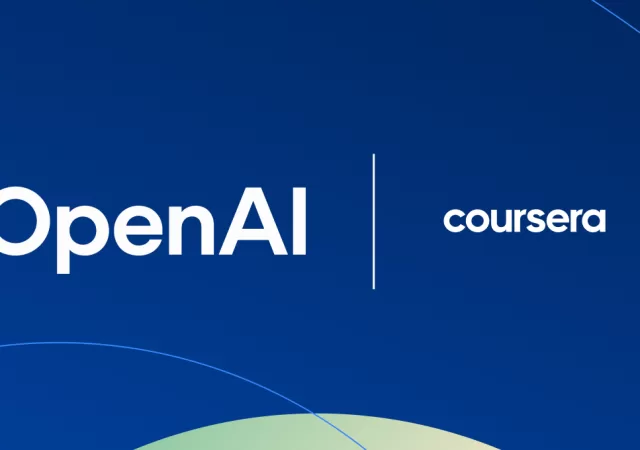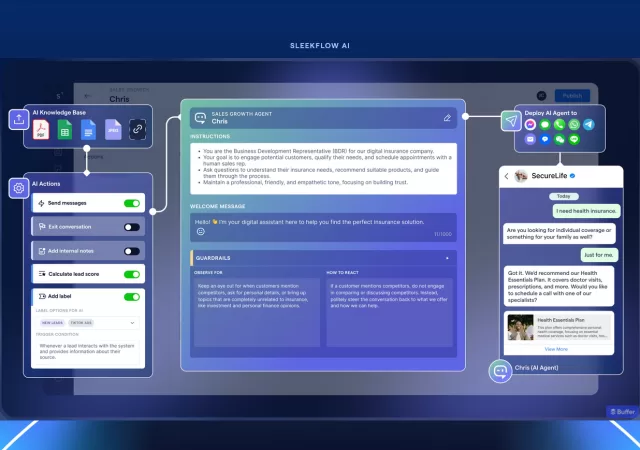Find out how Coursera is bridging the gap in online education with ChatGPT, making high-quality learning accessible to all.
Open AI Launches GPT-5 Claimed to Be Leaps Better than Previous Models
Open AI introduces GPT-5, it’s most advanced model yet bringing what the company calls a significant leap in reasoning and multimodal reasoning.
OpenAI Returns to Open-Source with New GPT-OSS Models
Open AI releases two new open source GPT models – gpt-oss-20b and gpt-oss-120b; signaling a huge step back to open development of GPT models.
SleekFlow’s New AgentFlow AI Tool Leverages LLMs to Drive Conversions
SleekFlow announces a new Agentic AI, AgentFlow, designed to help businesses turn conversations into coversions.
With end-to-end solutions, AI can and should operate everywhere
Harness Generative AI. Lenovo’s end-to-end solutions make AI practical everywhere, from AI-powered devices & PCs to full adoption services for your business
OpenAI Unveils o3-mini – This is What You Need Know
Open AI announces ChatGPT’s new o3-mini reasoning model that allows it to do more complex reasoning faster and more efficiently.
Apple Intelligence Faces Accuracy Concerns as Storage Requirements Double
Apple Intelligence comes under fire for spreading misinformation and its increasing memory requirements.
Ways AI Has Changed Digital Marketing In 2024
Learn about the impact of artificial intelligence (AI) on industries and the significant revenue growth it has generated.
Amazfit T-Rex 3 Released in Malaysia at RM1,099
Amazfit’s latest rugged smartwatch offering, the T-Rex 3, makes its Malaysian debut complete with its signature rugged exterior and ZeppOS 4.0.
Creating Teams That Keep Tech Companies Ahead of the Curve – A Sit Down with Suthen Thomas Paradatheth, Chief Technology Officer at Grab
techENT sits down with Suthen Thomas Paradatheth to talk about the innovation and tech at Grab and the driving force behind it.












